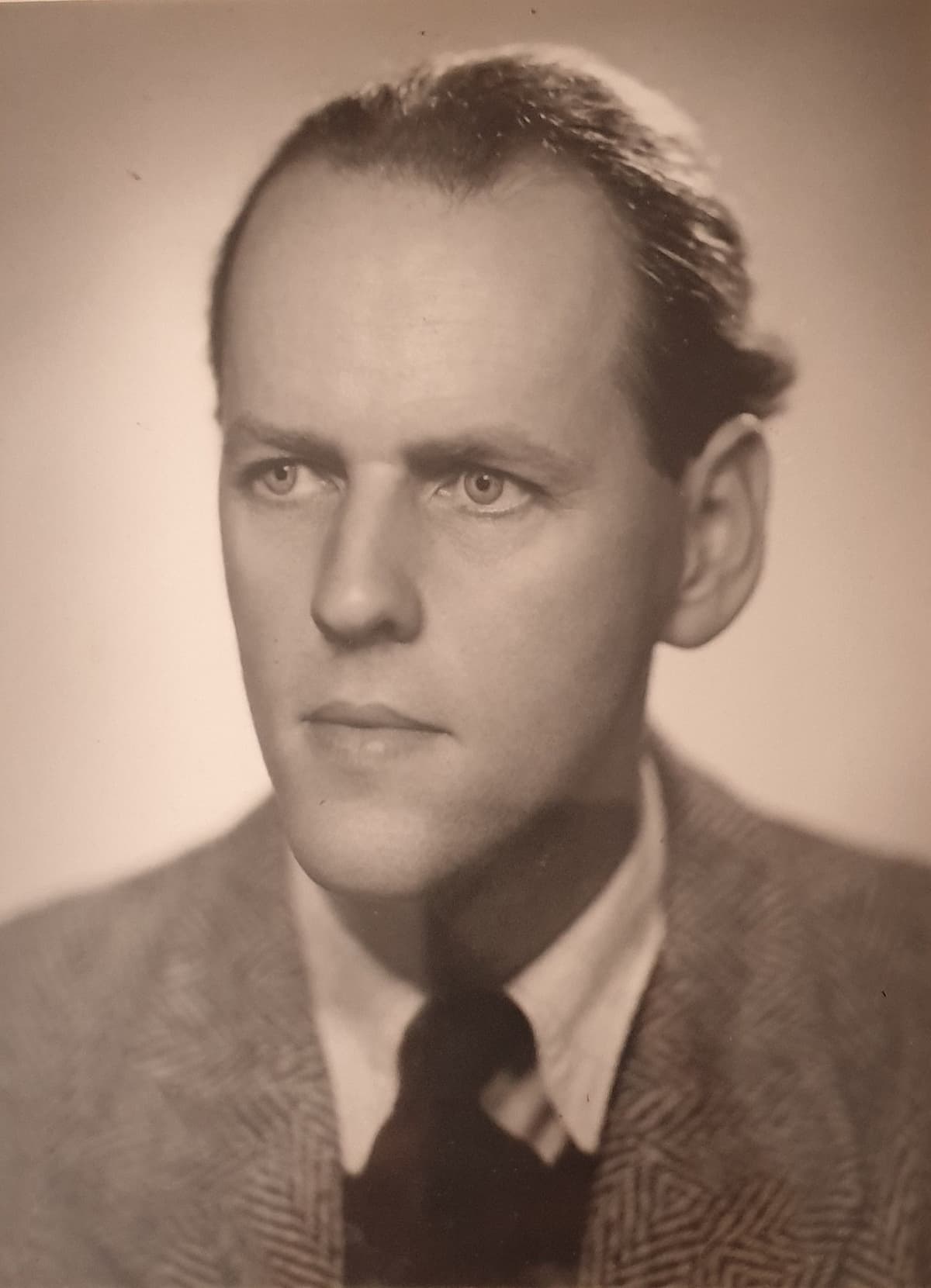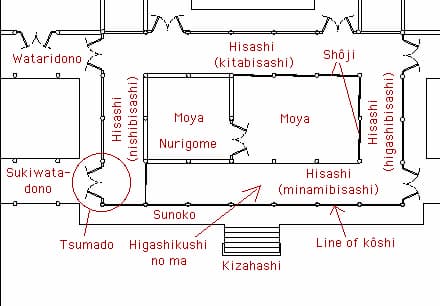In Japanese architecture “moya” designates the core or central part of a residential building. When Buddhism was introduced to the country in the 6th century, “moya” became the designation of the sacred central area of a temple building. In the hands of the Danish composer Vagn Gylding Holmboe (1909-1996), “moya” took on a somewhat different meaning.

Vagn Holmboe
Holmboe initially got interested in Japanese culture and poetry via a collection of Japanese poetry published in Danish translation by the ethnographer and poet Carl Kjersmeier. Akin to Hans Bethge’s famous collection “The Chinese Flute,” Kjersmeier provided poetic translations within a Japanese context. Holmboe set to work in 1952 and musically realized 7 settings in short transient forms. Critics suggest “his characteristic terseness is carried to extremes in the seven “Moya” songs, which is his most distinctive work for voice and piano.”
Vagn Holmboe: Moya: 7 Japanese Songs, Op. 57 (Hetna Regitze Bruun, mezzo-soprano; Kristoffer Nyholm Hyldig, piano)

“Moya” in Japanese architecture
For Holmboe, “moya” meant something like fog. “I have not attempted to imitate Japanese music,” he writes, “but in some songs, there is a slight suggestion of the transparent Koto or Shamisen music, which is typically Japanese. Holmboe never actually visited Japan, and his musical settings are tinged with distinct Nordic characteristics. Nevertheless, his music employs a discrete accompaniment that assigns a plucked-like string quality to the piano and a flute-like character to the voice. The central song of the cycle titled “Death” unfolds as an intense recitative and casts long and dark shadows, with the cycle inevitably moving towards the conclusion of life in old age. Holmboe was a prolific and versatile composer who published about 370 works, including a number of symphonies, string quartets, and a large number of concertos. But he was probably most comfortable in the vocal medium, completing one opera and a substantial number of choral works and songs.
For more of the best in classical music, sign up for our E-Newsletter
